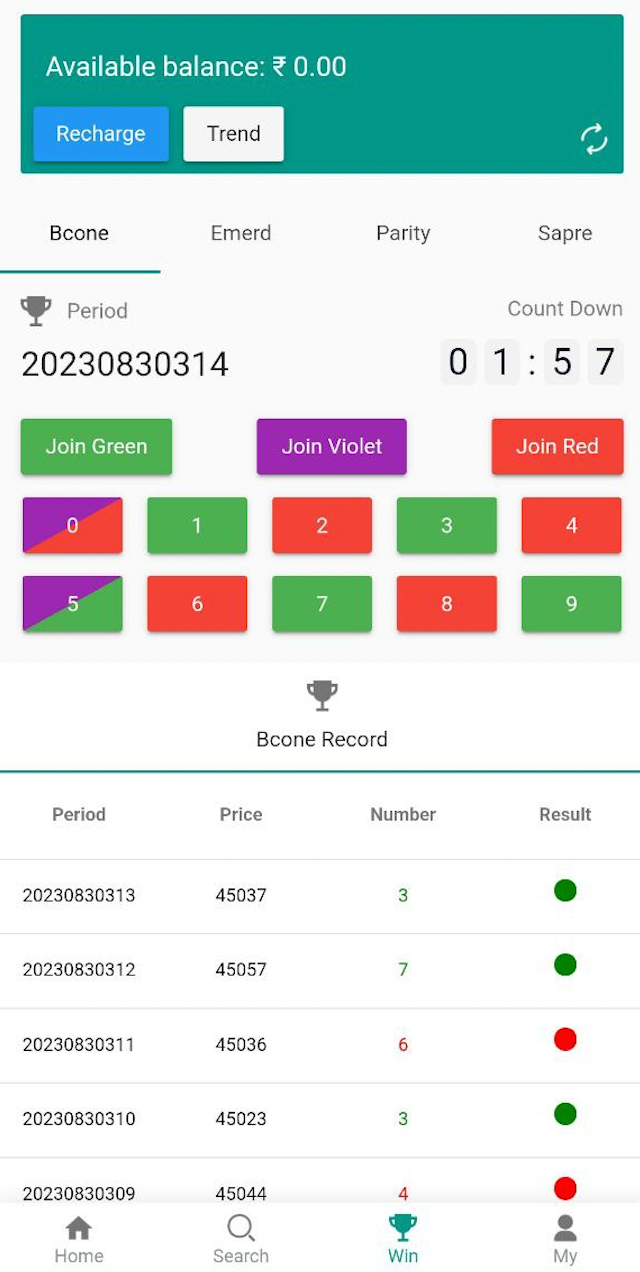Understanding Your Color Analysis
Color analysis is a method used to determine which colors best suit an individual’s natural complexion, eye color, and hair shade. This guide will help you understand the essentials of color analysis and how you can determine which season you fall into.
Why Color Analysis?
Identifying the colors that complement your natural features can enhance your appearance, making you look healthier, more vibrant, and even younger. It can also simplify shopping and wardrobe decisions by narrowing your color choices to those that will help you look your best.
.jpg)
Color wheels for seasonal color analysis.
What are the Four Seasons?
Color analysis divides personal colorings into four general seasons: Spring, Summer, Autumn, and Winter, each associated with a set of colors.
- Spring: Typically warm and clear. People who are Springs generally have creamy white or peach undertones in their skin, and often have light to medium hair (blonde, light brown) and light eyes (blue, green).
- Summer: Generally cool and muted. Summers might have pale and pinkish skin and can have soft hair colors like ash blonde or brunette. Their eye color tends to be muted and can be blue, green, or grey.
- Autumn: Deep, warm, and rich. Autumns usually have warmer skin tones that can be golden, olive or even dark. Hair colors are typically rich, like deep brown or auburn, with similarly warm eye colors.
- Winter: Bold and cool. Winters often have contrast in their coloring with pale white to dark skin and bright eye colors. Their hair could be either very dark (black, deep brown) or light (platinum blonde).
How to Determine Your Season
You can perform a DIY color analysis by following these steps:
- Analyze your natural contrast: Look at the contrast between your hair color, eye color, and skin tone. High contrast might suggest Winter, while low contrast could suggest Summer.
- Understand your skin’s undertone: Is it warm (yellow, peachy, golden) or cool (pink, bluish, or red)? Spring and Autumn feature warm undertones, while Summer and Winter have cool undertones.
- Test with fabrics: Hold different colored fabrics under your face and notice which colors make your face glow and which cause it to look dull or washed out. Notice the effect of the colors against your skin in natural light.

Testing different colors via fabrics.
Personal Color Consultation
If DIY analysis feels overwhelming, consider a professional color analysis. Many stylists and image consultants offer this service. They can provide you with a detailed assessment and a personalized color palette that suits you perfectly.
Conclusion
Finding your color season can profoundly impact your appearance and confidence. By wearing hues that harmonize with your natural colors, you can create a more cohesive and polished look.